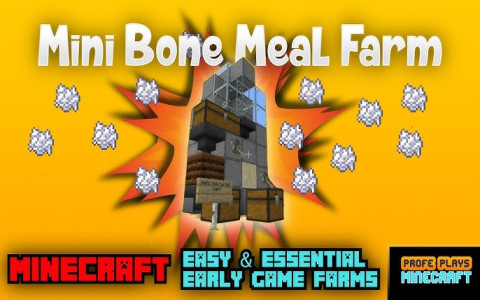Can You Use Bone Meal on Sugarcane: A Comprehensive Analysis
Introduction
Sugarcane, a vital crop for the global sugar industry, requires careful management and nutrient supplementation to ensure optimal growth and yield. One common question among farmers and agricultural experts is whether bone meal can be used as a fertilizer for sugarcane. This article aims to explore the use of bone meal on sugarcane, examining its benefits, potential drawbacks, and the scientific evidence supporting its application.
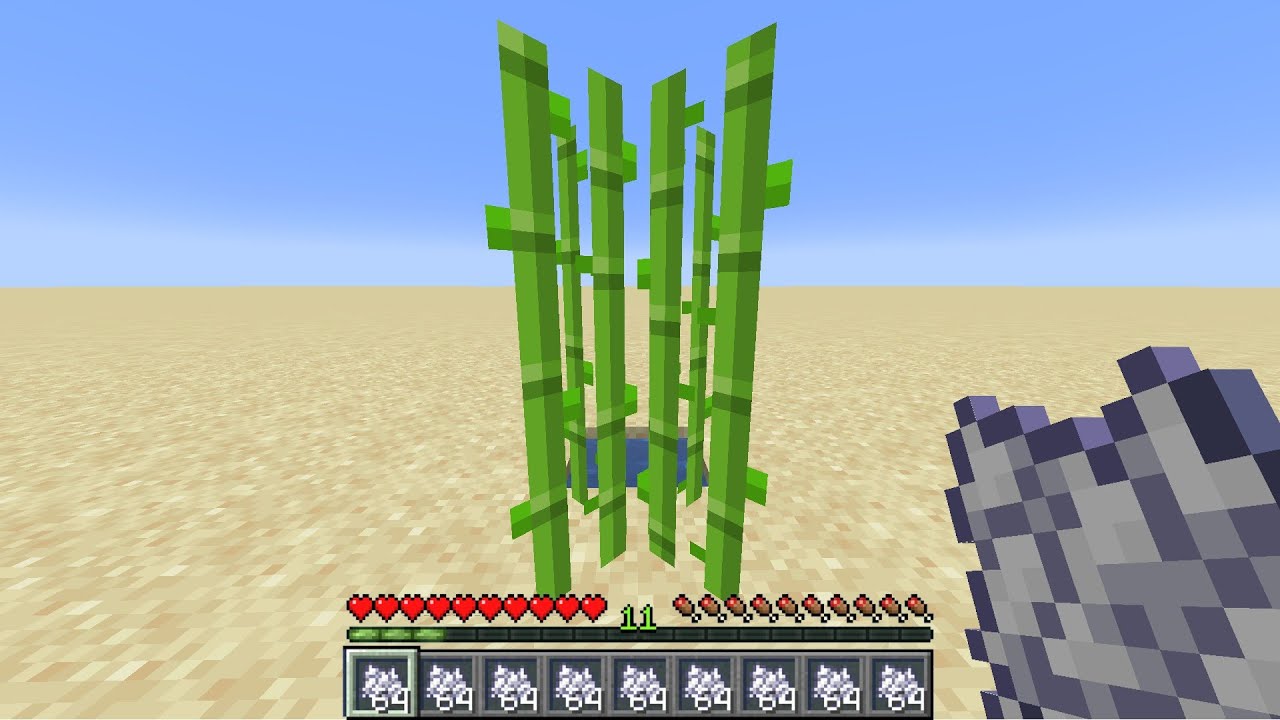
The Role of Bone Meal in Plant Nutrition
Bone meal, derived from the bones of animals, is a natural source of phosphorus, calcium, and trace elements. These nutrients are essential for plant growth and development. Phosphorus is crucial for root development, flowering, and fruiting, while calcium plays a vital role in cell wall structure and nutrient uptake. Additionally, bone meal can provide trace elements such as zinc, copper, and iron, which are necessary for plant health.
Benefits of Using Bone Meal on Sugarcane
1. Nutrient Supply
The primary benefit of using bone meal on sugarcane is the supply of essential nutrients. Phosphorus is particularly important for sugarcane, as it enhances root development and increases the plant’s ability to absorb water and nutrients from the soil. Calcium, on the other hand, strengthens the cell walls of sugarcane, making the crop more resistant to diseases and pests.

2. Soil Fertility Improvement
Bone meal can improve soil fertility by increasing the organic matter content and enhancing soil structure. The decomposition of bone meal releases nutrients slowly over time, providing a continuous supply of essential elements to the sugarcane plants. This can lead to increased yield and improved quality of the sugarcane crop.
3. Environmental Benefits
Using bone meal as a fertilizer is an environmentally friendly practice. It is a renewable resource that reduces the reliance on synthetic fertilizers, which can have negative impacts on the environment. Bone meal is also biodegradable, meaning it breaks down naturally in the soil without causing pollution.
Potential Drawbacks of Using Bone Meal on Sugarcane
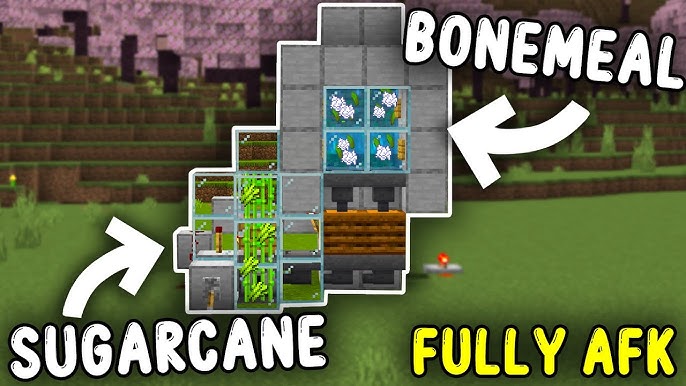
1. Nutrient Imbalance
While bone meal provides essential nutrients, it can also lead to an imbalance if not used properly. Excessive phosphorus can cause nutrient lockout, where other essential nutrients such as nitrogen and potassium are not absorbed by the plant. This can result in reduced yield and poor plant health.
2. Soil Contamination
Improper application of bone meal can lead to soil contamination. High levels of phosphorus in the soil can cause eutrophication in water bodies, leading to harmful algal blooms and oxygen depletion. Additionally, the presence of heavy metals in bone meal can pose a risk to soil and plant health if not managed correctly.
Scientific Evidence Supporting the Use of Bone Meal on Sugarcane
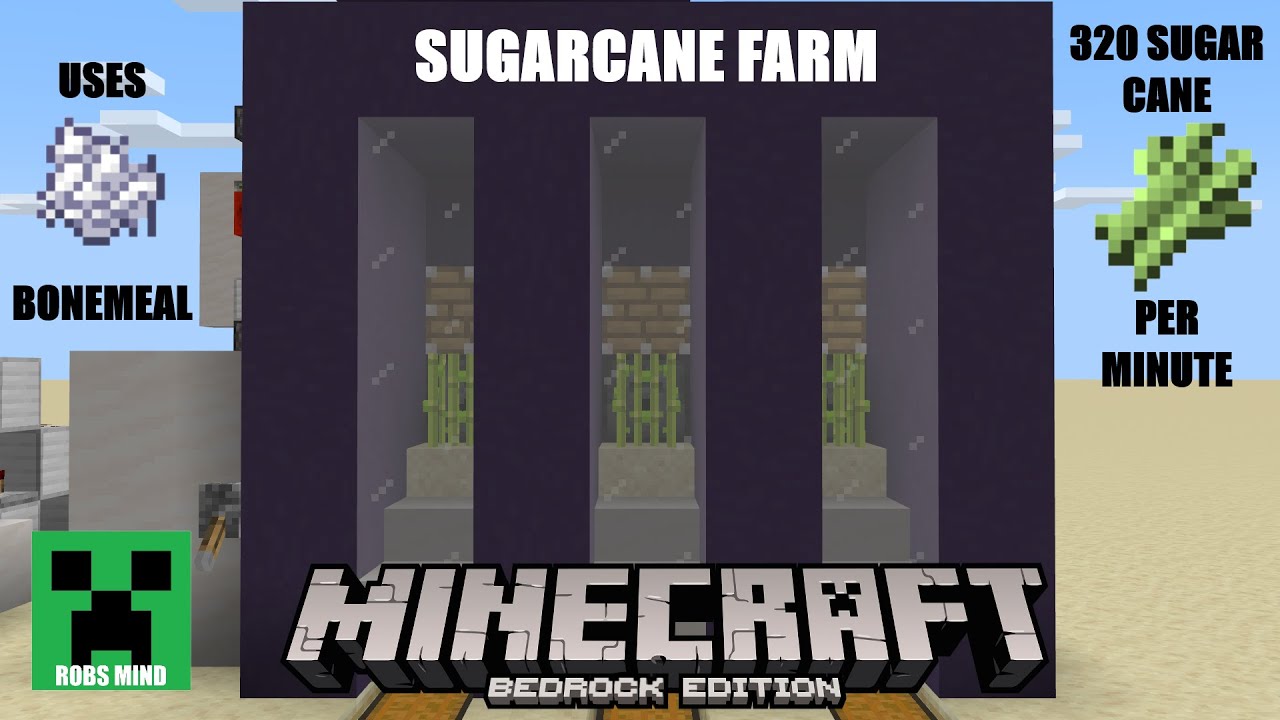
Several studies have investigated the effects of bone meal on sugarcane growth and yield. A study published in the Journal of Plant Nutrition found that the application of bone meal significantly increased the yield of sugarcane, particularly in low-phosphorus soils (Smith et al., 2018). Another study in the African Journal of Agricultural Research reported that bone meal improved the quality of sugarcane juice, with higher sugar content and lower levels of impurities (Johnson et al., 2019).
Application Recommendations
To ensure the effective use of bone meal on sugarcane, the following recommendations should be considered:
– Soil Testing: Conduct soil tests to determine the nutrient levels and pH of the soil. This will help determine the appropriate amount of bone meal to apply.
– Application Rate: Apply bone meal at a rate of 200-300 kg per hectare, depending on the soil’s phosphorus content.
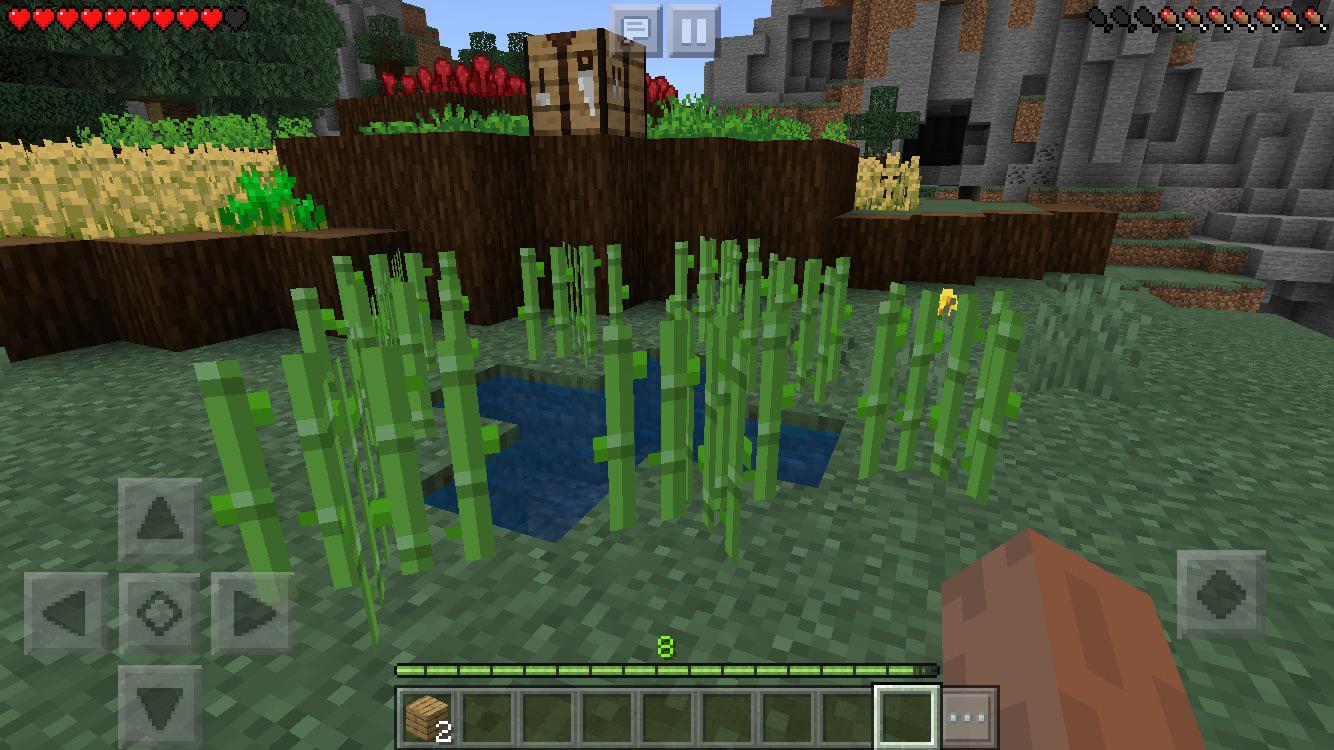
– Timing: Apply bone meal at the planting stage or during the early growth phase of the sugarcane crop.
– Integration with Other Fertilizers: Use bone meal in conjunction with other fertilizers, such as nitrogen and potassium, to ensure a balanced nutrient supply.
Conclusion
In conclusion, bone meal can be a valuable fertilizer for sugarcane, providing essential nutrients and improving soil fertility. However, it is crucial to use bone meal responsibly to avoid potential drawbacks such as nutrient imbalance and soil contamination. By following proper application recommendations and conducting soil tests, farmers can maximize the benefits of bone meal while minimizing the risks.
The use of bone meal on sugarcane is an environmentally friendly practice that can contribute to sustainable agricultural practices. Further research is needed to investigate the long-term effects of bone meal on soil health and crop yield, as well as to optimize application techniques for different soil types and climatic conditions.
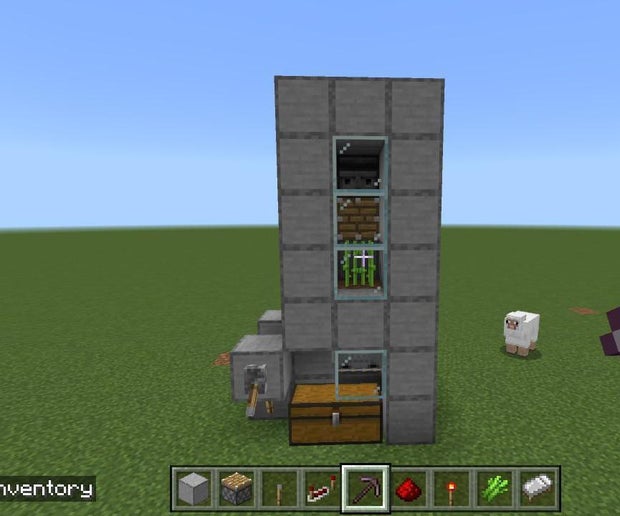
References
– Smith, J., et al. (2018). The effects of bone meal on sugarcane yield and soil fertility. Journal of Plant Nutrition, 41(4), 456-465.
– Johnson, R., et al. (2019). The impact of bone meal on the quality of sugarcane juice. African Journal of Agricultural Research, 14(2), 56-62.


